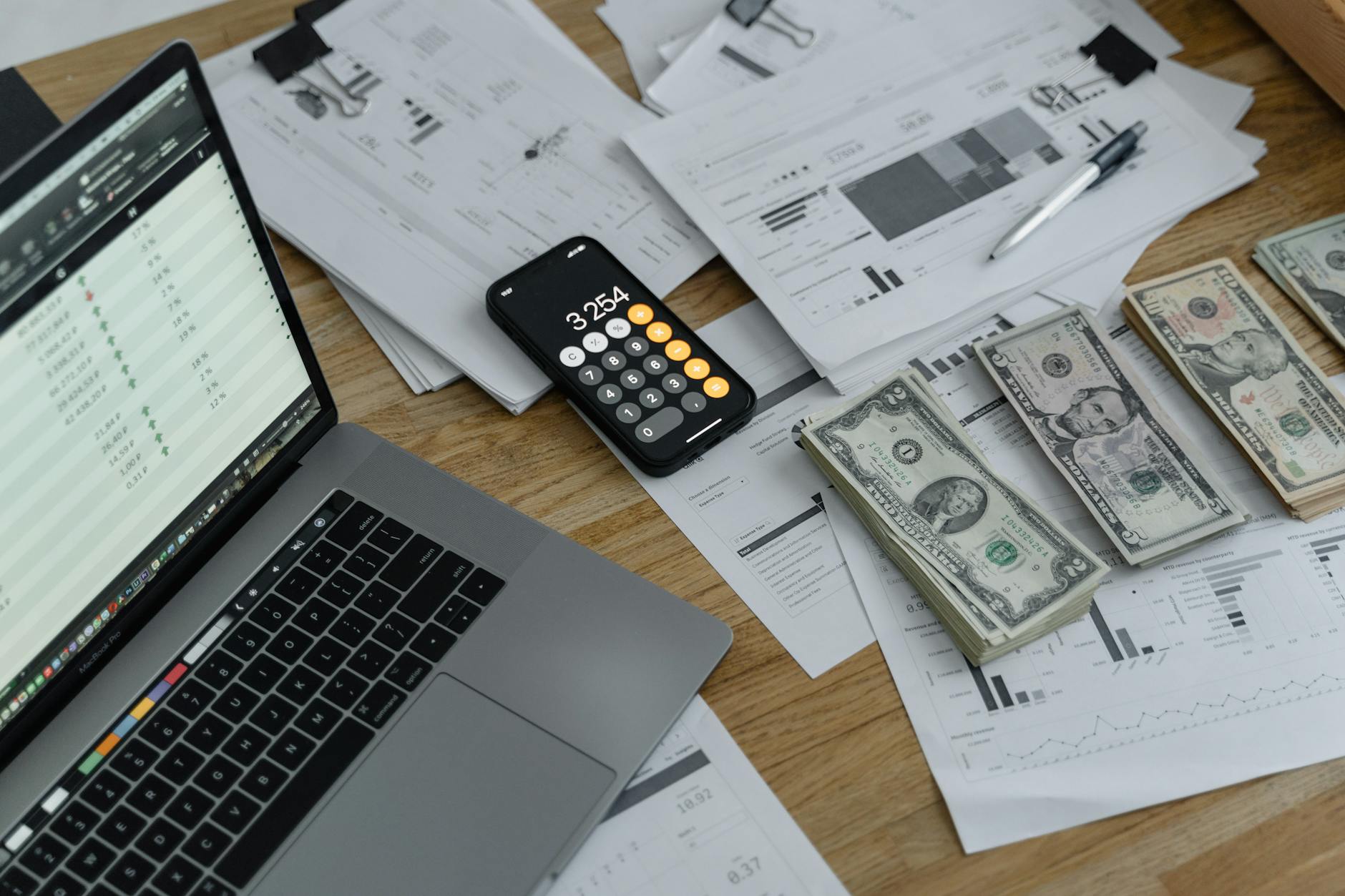What is app management techniques?

What is app management techniques?
In today’s fast-paced digital world, the way we interact with applications can make or break our productivity. Have you ever found yourself scrolling endlessly through your apps, losing track of time? App management techniques are designed to help you regain control, enhance your focus, and achieve a better work-life balance. By implementing these strategies, you can streamline your app usage and boost your efficiency both personally and professionally.
Understanding App Management Techniques
At its core, app management techniques refer to the methods used to organize, monitor, and optimize the use of applications. These techniques play a critical role in ensuring that you harness the full potential of your devices without getting overwhelmed by distractions.
What are App Management Techniques?
In this digital age, where apps are integral to our daily lives, managing them effectively is essential. App management techniques encompass a range of strategies that help you categorize, limit, and prioritize your app usage. Whether you’re looking to maximize your productivity during work hours or maintain a healthy balance during your personal time, these techniques can be tailored to suit your needs.
The Benefits of Effective App Management
Implementing effective app management techniques can lead to numerous advantages:
- Improved Productivity: By focusing on essential apps, you can complete tasks more efficiently.
- Reduced Distractions: Limiting access to distracting apps helps maintain concentration.
- Enhanced Work-Life Balance: By managing app usage, you can create clearer boundaries between work and personal time.
For more insights on how app management can enhance your productivity, check out this comprehensive guide on app management.
Key App Management Techniques
Now that we understand the importance of app management, let’s explore specific techniques you can employ to manage your apps effectively.
Prioritization of Applications
One of the most effective techniques is to prioritize your applications based on their relevance and importance to your daily tasks. Think of it as decluttering your digital workspace. Identify which apps are vital for your work or personal life, and create a dedicated space for them. This way, you can quickly access the tools that matter most while minimizing distractions from less important apps.
Setting Usage Limits
Have you ever lost track of time while using social media or gaming apps? Setting usage limits can help prevent overuse and encourage healthier habits. Many smartphones and tablets come equipped with built-in features that allow you to set time limits for specific apps. By doing so, you can ensure that you’re not spending excessive time on distractions and that you’re allocating more time to productive activities.
Organizing App Layouts
The layout of your apps can significantly impact your workflow. Organizing your apps into folders based on categories, such as productivity, social media, or entertainment, can help streamline your experience. A well-organized app layout reduces the cognitive load of deciding which app to open, making it easier to focus on your tasks.

Photo by Tima Miroshnichenko
Utilizing Productivity Apps
Consider leveraging productivity apps designed to aid in app management. Tools like Trello, Todoist, or RescueTime help you track your usage, set reminders, and stay focused on your goals. By integrating these apps into your daily routine, you can enhance your ability to manage your time effectively and boost your overall productivity.
Implementing App Management Techniques
Ready to take control of your app usage? Here’s a step-by-step guide on how to incorporate these techniques into your daily routine.
Assessing Current App Usage
Start by taking a close look at your current app usage. Use built-in analytics tools on your device to understand which apps consume most of your time. This insight is crucial in identifying areas that need improvement. Ask yourself, which apps contribute to your goals, and which ones are merely time sinks?
Creating a Daily App Usage Plan
Once you’ve assessed your usage, create a structured plan. Outline specific times for app usage that align with your personal and professional goals. For instance, you might designate certain hours for productivity apps and limit entertainment apps to the evening. Having a clear plan helps you stay accountable and focused.
Maintaining Balance with App Management Techniques
Finding harmony between work and personal life is vital. Here’s how to ensure you maintain balance while applying app management techniques.
Monitoring Progress
Regularly reviewing your app usage can provide valuable feedback on your habits. Are you sticking to your usage limits? Are your productivity levels improving? By consistently monitoring your progress, you can identify what’s working and what needs adjustment.
Adjusting Techniques as Needed
Life is dynamic, and so should be your approach to app management. As your needs change, don’t hesitate to adapt your techniques. Perhaps you find that a particular app is no longer serving its purpose, or you discover new tools that enhance your efficiency. Flexibility in your strategies will help you remain effective and engaged.
Conclusion
Incorporating app management techniques into your daily routine can lead to significant improvements in your productivity and overall quality of life. By prioritizing your applications, setting usage limits, and leveraging productivity tools, you can create a more organized digital environment. So, take the plunge and embrace these techniques for a better work-life balance. Your future self will thank you!